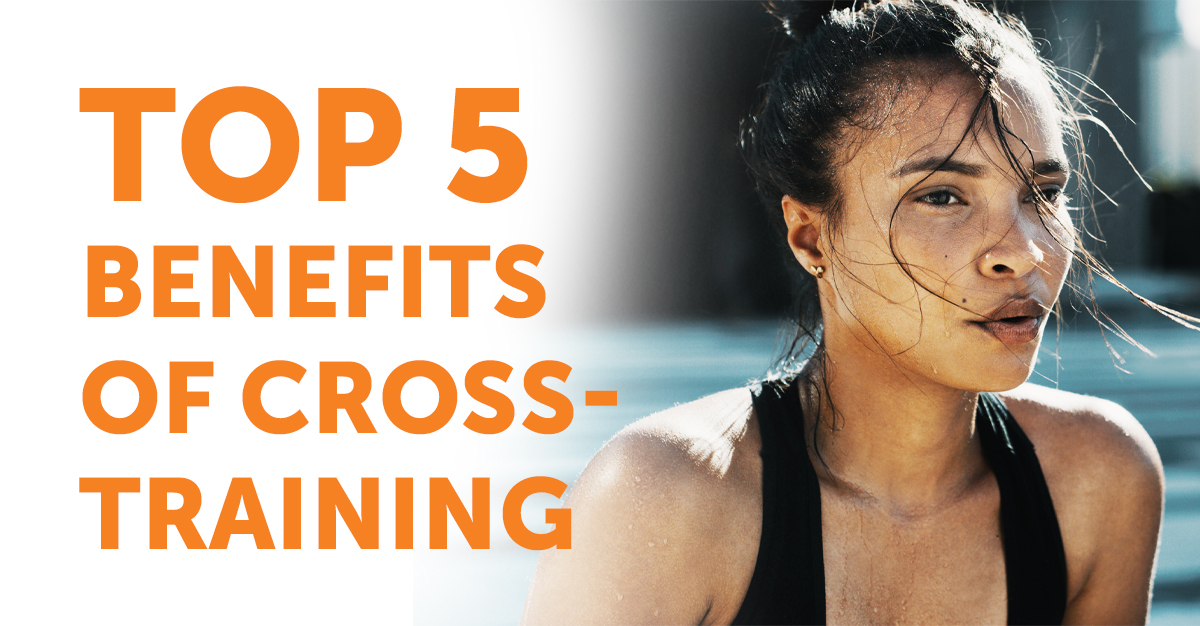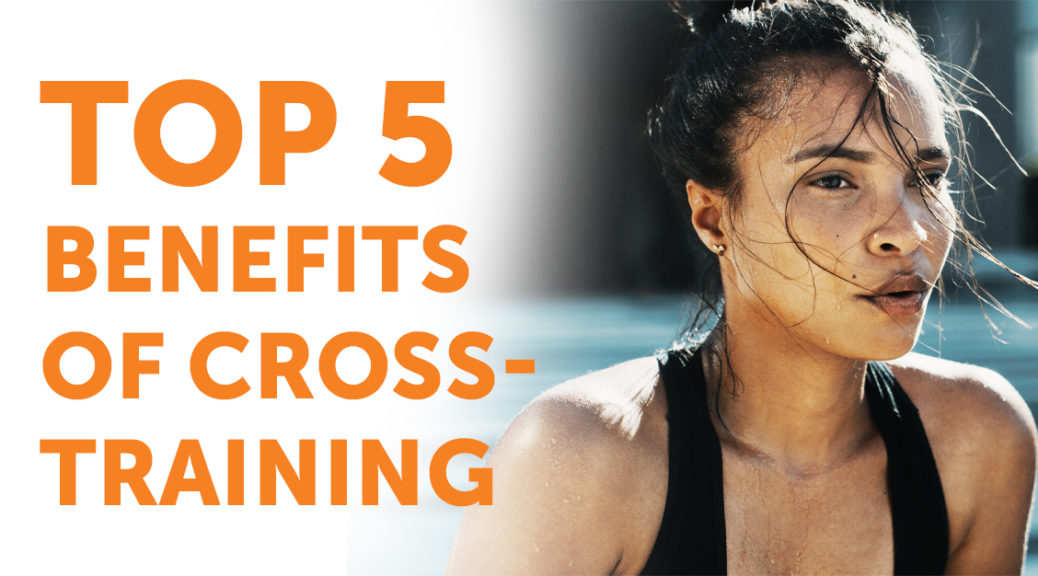
We’ve all had exercise ruts: Our weight loss stalls, our strength seems at a standstill, and every workout feels like misery. If that’s happened to you, there’s something that your body might be trying to tell you: cross-train.
All athletes have physical specialties, and as a result, they tend to focus on and train the major muscle groups that are used primarily in their specific sport. Cross-training helps to create muscle confusion, which combats boredom and exercise plateaus. What it involves is adding in a new-to-you exercise sequence, or a faster or unusual workout type, to keep your body on alert for responsiveness and adaptation.
TOP 5 Benefits of Cross-Training
- Decreased Risk of Injury
Through cross-training, an athlete is less likely to get an overuse injury. Instead of overusing the same joints over and over, cross-training allows athletes to employ a variety of muscle groups. - Better Aerobic Capacity
Limiting an athlete to one activity can cause burn-out. By doing different exercises, they are instead able to switch to new activities when a body part feels sore. For example, if you are a runner with shin pain, you can stop running and do swimming, rowing, or other non-impact activity, allowing you to continue to work on your stamina. - Increase in Overall Strength
Research has shown that strength training can increase overall performance. By increasing strength, athletes can run faster, throw harder, and jump higher. For instance, weightlifting can increase performance more than just simply practicing certain skills. - Develop Dynamic Flexibility
By working out multiple muscle groups, athletes can develop much greater dynamic flexibility than when you focus on one area of the body. New muscles, joints, and ligaments are “warmed up” and lengthened by trying new exercises or activities. - Aid in Healing
In some cases, cross-training can allow the body to recuperate faster from injury; this is because other exercises can directly improve the condition caused by regular activity. Using alternative exercises allows the body to heal and in many cases will also help stretch and strengthen parts of the body that are in pain.
Physical therapists work with athletes to improve performance, prevent injuries, and aid in recovery. If you are in pain or are looking for ways to improve in your sport find a physical therapy clinic near you!
This article was written by the rehabilitation team at The Center for Physical Rehabilitation – with locations throughout greater Grand Rapids, MI.

